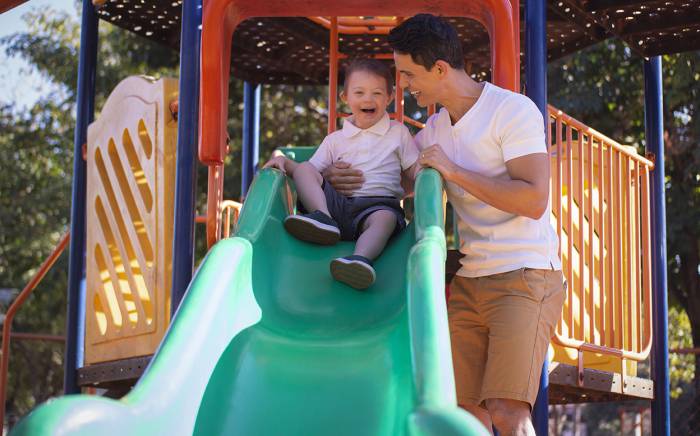A new splint or cast will be dry in about one hour. While it dries, you do not want to put any constant pressure or weight on your cast until it is hard and dry because it could easily bend or lose its shape.
Walking in a foot or leg cast
If your doctor has permitted you to bear weight on your cast, please follow the instructions below:
- Sit for about 10 minutes after application to let it harden. A cast shoe will be provided for you.
- Only minimal walking is permitted within the first hour of application.
- Walking should still be limited from your normal routine. Too much walking can break the cast down and wither the cotton. This leads to rubbing in the cast.
- Walking should only be done in a cast shoe. Walking directly on the cast is not permitted.
Itching skin
Dry skin under the cast will occur and may cause itching. Do NOT put any objects inside cast to scratch.
- You may blow air down cast by using a hair dryer, on the cool setting, to relieve itching.
- Rubbing skin above the cast or placing ice packs over the itchy area may also help.
- Over-the-counter Benadryl can also relieve itching, but may also cause drowsiness.
Cast odor
Unfortunately, there is little you can do about your cast’s odor. Traditional cast padding is a cotton material that absorbs normal amounts of perspiration. Keeping perspiration to a minimum will help prevent odor.
When going outside, if there is a chance for moisture, make sure to protect your foot with a plastic bag or large sock. Perfumes, powders, Febreeze, etc. are NOT recommended to be placed in or outside the cast. They can irritate the skin and make the odor worse.
How to keep your cast or splint dry
Showering and bathing can be challenging when you have a splint or cast, but it is very important to keep your cast or splint dry. A wet cast loses strength, is uncomfortable, and may cause skin irritation, sores, or even an infection. Learn how to properly prepare your cast for showering or bathing.
- Wrap and cover the cast with plastic wrap from bottom to top making sure the plastic wrap goes above the top of the cast.
- Secure the plastic wrap at the top with medical tape. The tape is to prevent the water from sliding down into the cast.
- Next, apply a heavy-grade trash bag, making sure the trash bag goes above the top of the cast.
- Secure at the top with another layer of medical tape.
Shower chairs and hand-held shower heads can make showering and bathing easier. Remember, even after prepping your cast for showering or bathing, it is NEVER recommended to submerge the cast in water.
When to contact us
If you are experiencing any of these symptoms, please call our office at 314.514.3500 during normal business hours. If it is after 4pm or on a weekend, please call the after-hours exchange at 866.582.8055.
- Fever: The patient has a temperature of 101°F or higher.
- Pain: There is severe pain even after medication is taken, especially with movement of fingers/toes.
- Skin color: Fingers or toes on the casted arm/leg are a different color than the opposite arm/leg, such as pale or white, purple or bluish, or the pink color doesn’t return quickly after pressing the toes or finger tips.
- Skin temperature: The casted arm/leg is colder than the opposite arm/leg.
- Swelling: There is enough swelling to make the cast/splint rub or feel too tight. Some swelling is expected; please elevate the extremity.
- Loss of feeling: There is numbness, tingling, or a pins and needles sensation that is not relieved by elevation.
- Odor: There is a strong odor from the casted limb.
- Drainage: Drainage or discoloration is seen on the cast/splint.
- Cast fit: The cast/splint becomes too loose and the arm/leg moves around inside of it.
- Cast condition: The cast/splint breaks or becomes very wet, or an object becomes lodged inside the cast/splint.









